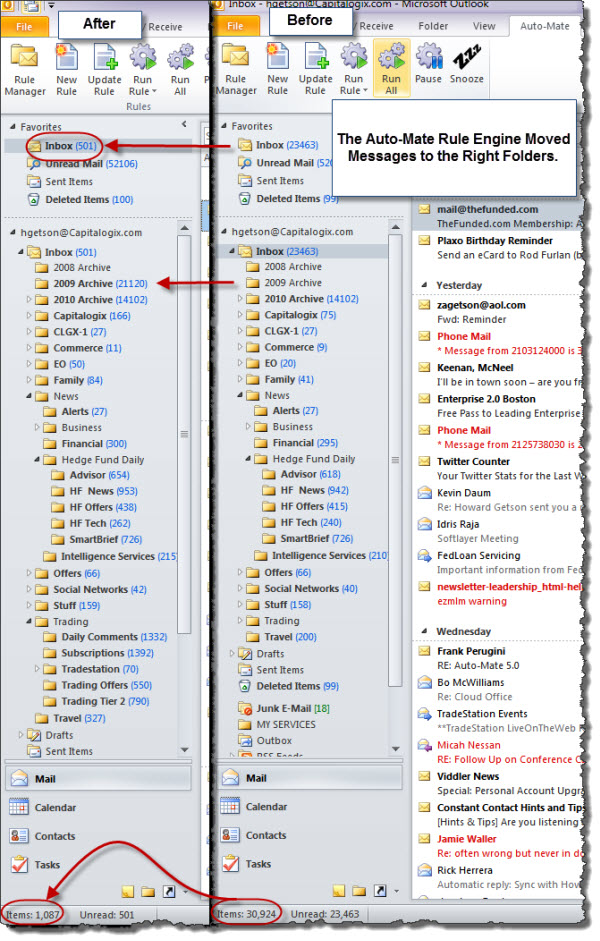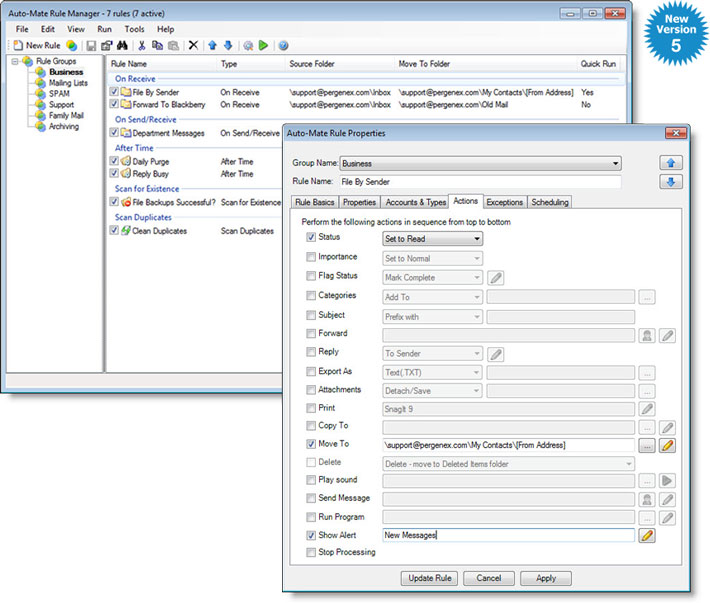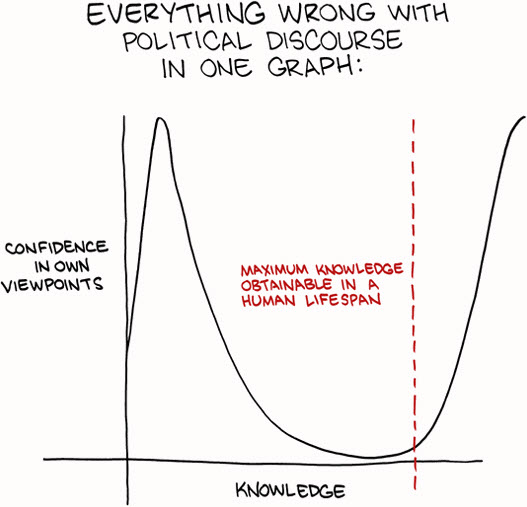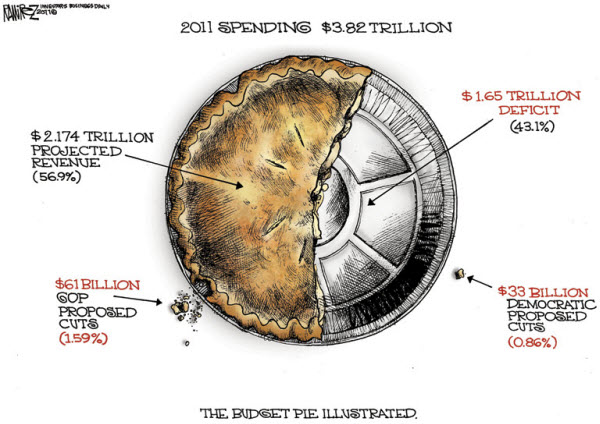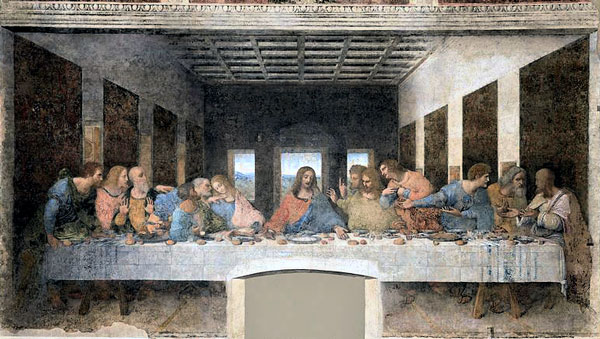A small software company, started by a friend of mine, just did something that surprised me. It bought a new iPad for each of its employees.
Some companies will justify purchasing an iPad for key executives as a consumption tool. Other companies may justify purchasing an iPad for a developer, as a way to get them used to the form factor. Still other companies may purchase iPads as an incentive to recruit or retain employees and to foster a sense of a "cool" environment.
This Time It Is Different.
What strikes me is how fast this wave of tablet computing is taking-off. Yes, I remember how many times companies have tried non-traditional PC initiatives. In fact, my attic is an electronics graveyard for many of the earlier attempts. However, this time is different. I see 60-year-old men in McDonald's using and iPad to play Scrabble. I see 50-year-old business-people doing their work using iPads on an airplane. Moreover, I see data being formatted for easier consumption on those devices.
The result is that this probably represents a fundamental change.
Back in the 90s, the Internet finally took off. Early adopters talked about how long they were doing similar things with AOL, CompuServe or Delphi. Yet, when the Internet finally took off something changed.
Would you have guessed that a decade later electronics chain stores (like Circuit City) or bookstores (like Borders) would be casualties? Think how it affected the U.S. Post Office, telephone companies, etc. The list of winners and losers from that shift can be a lesson or an example.
A Different Look at the Same Issue.
I grew up with LP records. In high school, I watched eight-track tapes give way to cassettes. Then CDs gathered market share. After that, MP3s came along. Something funny happened along the way though … An MP3 file is just a song; but modern MP3 players allow you to carry your entire music library with you wherever you go. It's not just a linear progression; something happened and the whole value proposition transformed.
We are watching a similar technology shift happen right now. To borrow a line from Sun Microsystems, "the network is the computer".
More of our data, applications, and services are moving to the "Cloud". And a tool like the iPad can become much more significant than merely the device itself. It becomes the portal giving you access to everything on your company's private computers, as well as what's available on the public Internet. Again, the whole value proposition transforms.
A decade from now, there will be a whole new list of beneficiaries and casualties from this quantum shift.
Something to think about; who will be the big winners and losers?





